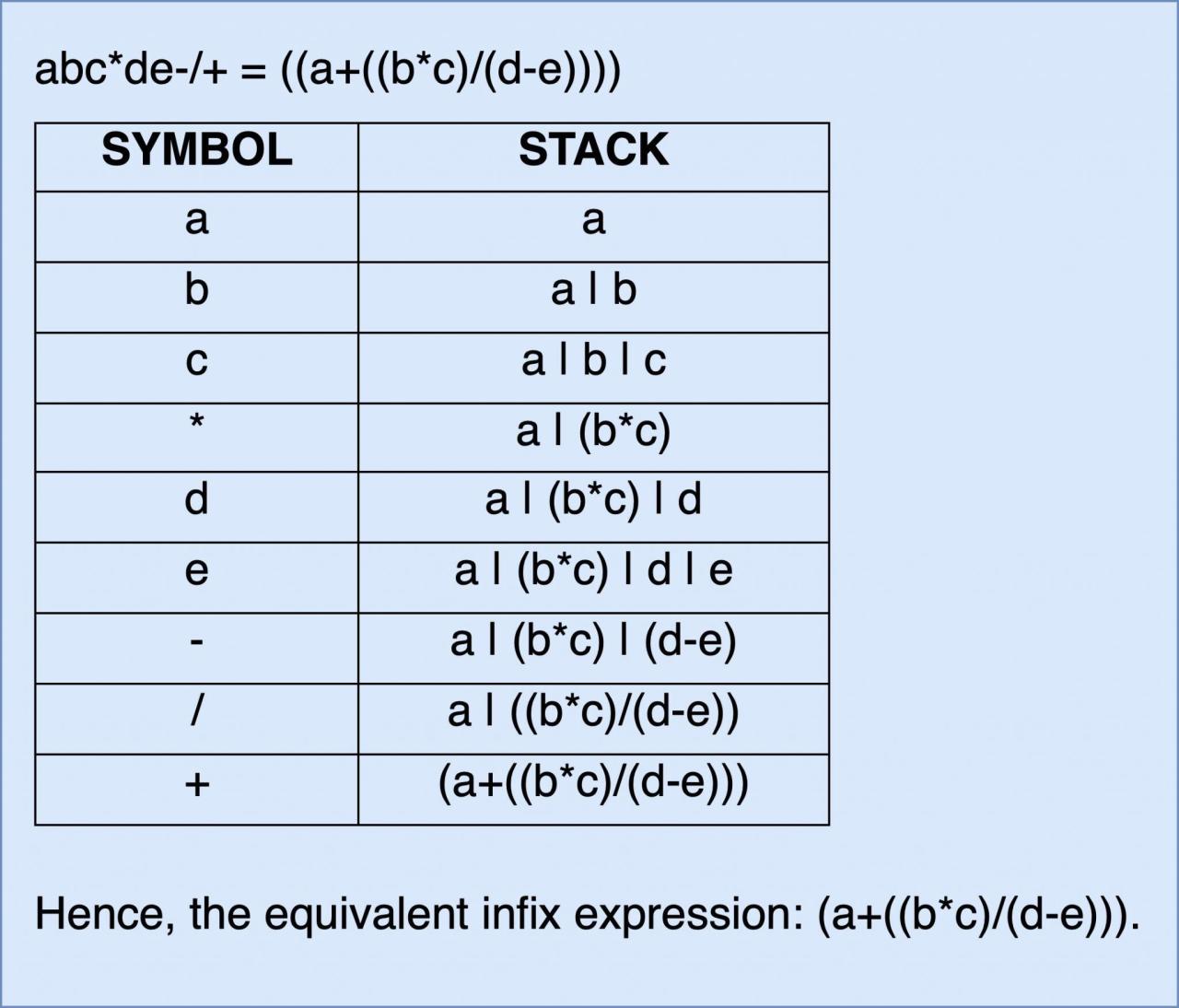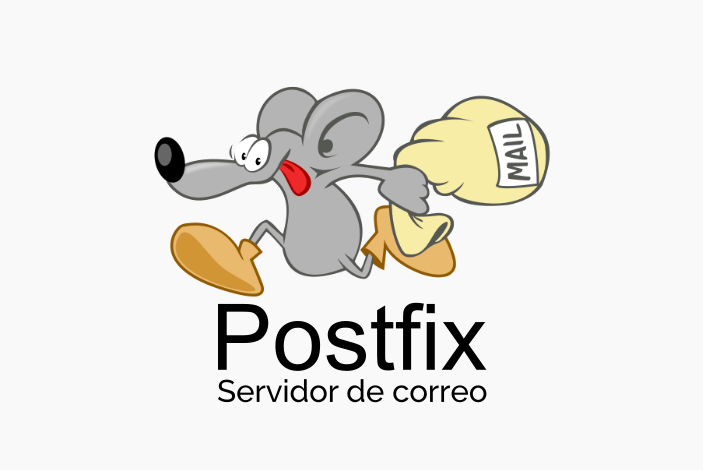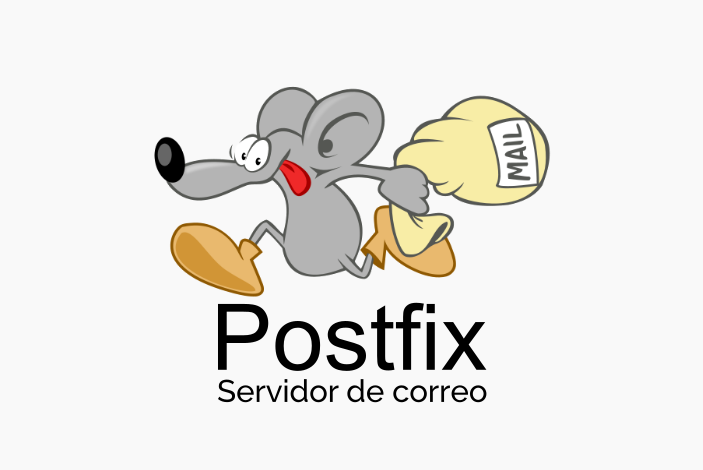Postfix, the robust and reliable email server, lies at the heart of modern email systems, enabling the seamless exchange of messages across the globe. From sending emails to managing mailboxes, Postfix plays a crucial role in ensuring the efficient and secure delivery of electronic communication.
Understanding Postfix’s architecture, configuration, and functionalities is essential for anyone seeking to manage their own email infrastructure or delve deeper into the intricate world of email communication.
Postfix Overview
Postfix is a widely used and robust mail transfer agent (MTA) that plays a crucial role in email systems. It’s responsible for handling the transmission and reception of emails, acting as the intermediary between email clients and servers.
Postfix operates as a mail server, managing the flow of emails between senders and recipients. It’s responsible for accepting emails from clients, routing them to the appropriate destinations, and delivering them to recipients’ mailboxes.
Core Components of a Postfix System
The core components of a Postfix system work together to ensure efficient and reliable email delivery. These components include:
- Postfix Master Process (master): The master process is responsible for managing and coordinating all other Postfix processes. It monitors the system, handles configuration changes, and spawns new processes as needed.
- Queue Manager (qmgr): The queue manager is responsible for managing the mail queue, which stores emails awaiting delivery. It prioritizes emails based on factors such as urgency and recipient availability.
- SMTP Server (smtpd): The SMTP server is responsible for receiving emails from clients and relaying them to other servers. It handles the communication with clients using the Simple Mail Transfer Protocol (SMTP).
- Local Delivery Agent (local): The local delivery agent is responsible for delivering emails to local users on the same server. It interacts with the operating system to access mailboxes and store incoming emails.
- Client Submit Process (submission): The client submit process is responsible for receiving emails from local clients and forwarding them to the SMTP server for processing.
- Virtual Alias Mapper (virtual): The virtual alias mapper allows you to create aliases for email addresses, enabling multiple addresses to be forwarded to a single recipient. It’s useful for managing email lists and simplifying email communication.
Receiving Emails with Postfix
Postfix, a powerful and versatile mail transfer agent (MTA), plays a crucial role in receiving emails. Understanding how Postfix handles incoming email is essential for configuring and managing your email server effectively.
Mailboxes and Mail Delivery Agents
Mailboxes are essential for storing incoming emails. They are typically organized within a hierarchical file system, with each user having their own dedicated mailbox. Mail delivery agents (MDAs) are responsible for delivering emails to the appropriate mailboxes.
- Postfix uses the virtual alias feature to map email addresses to specific mailboxes. This allows you to create aliases, forwarding addresses, and other configurations to manage email delivery.
- Postfix also supports virtual domains, allowing you to host email for multiple domains on a single server. This is a common practice for managing email for websites or organizations.
Configuring Postfix to Receive Emails from Specific Domains
Postfix provides various mechanisms to control which domains it accepts email from. This is crucial for security and spam filtering.
- mynetworks: The mynetworks configuration option defines the trusted networks from which Postfix will accept email. This setting is essential for preventing email spoofing and other attacks.
- smtpd_sender_restrictions: This configuration option allows you to specify rules for restricting the senders that Postfix will accept email from. You can use this option to block email from specific domains or IP addresses.
- smtpd_recipient_restrictions: Similar to smtpd_sender_restrictions, this option allows you to define rules for restricting recipients. You can use this to prevent email from being sent to specific users or domains.
Postfix Alternatives
Postfix is a popular and robust email server, but it’s not the only option available. Several other email server software options are available, each with its strengths and weaknesses. This section will explore some popular alternatives and compare them to Postfix.
Popular Email Server Alternatives
Choosing the right email server depends on your specific needs and requirements. Here are some popular alternatives to Postfix:
- Exim: Exim is another open-source email server known for its flexibility and performance. It’s often considered a good alternative to Postfix, especially for larger organizations. Exim is highly configurable and supports a wide range of features, including advanced security measures and spam filtering.
- Sendmail: Sendmail is a long-standing and widely used email server. While it’s known for its stability and reliability, it can be complex to configure and maintain. Sendmail is often considered a more traditional option, and its use has declined somewhat with the rise of more modern email servers.
- qmail: Qmail is a lightweight and secure email server designed for simplicity and efficiency. It’s often favored for its low resource consumption and its focus on security. Qmail is a good option for smaller deployments and those who prioritize security.
- PostfixAdmin: PostfixAdmin is a web-based administration tool specifically designed for managing Postfix. It simplifies managing users, domains, and other Postfix configurations. PostfixAdmin is a convenient way to manage Postfix, especially for smaller organizations.
- MailEnable: MailEnable is a commercial email server known for its user-friendly interface and comprehensive features. It offers a wide range of features, including spam filtering, virus scanning, and email archiving. MailEnable is a good option for organizations that require a feature-rich and easy-to-use email server.
- Microsoft Exchange Server: Microsoft Exchange Server is a commercial email server designed for businesses. It offers a wide range of features, including email, calendar, and contact management. Exchange Server is a good option for organizations that need a comprehensive and integrated email solution.
- Google Workspace: Google Workspace is a cloud-based email service that provides a suite of tools for businesses, including email, calendar, and document collaboration. It’s a good option for organizations that want a flexible and scalable email solution. Google Workspace offers a pay-as-you-go pricing model, making it an attractive option for smaller businesses.
Comparison with Postfix
Here’s a table comparing Postfix to some of the other popular email server options:
| Feature | Postfix | Exim | Sendmail | Qmail |
|---|---|---|---|---|
| Open Source | Yes | Yes | Yes | Yes |
| Performance | High | High | Moderate | High |
| Flexibility | Moderate | High | Moderate | Low |
| Security | Good | Good | Moderate | Excellent |
| Ease of Use | Moderate | Moderate | Low | High |
| Community Support | Excellent | Good | Good | Moderate |
Pros and Cons of Each Alternative
- Exim:
- Pros: Highly configurable, supports a wide range of features, good performance, strong security features.
- Cons: Can be complex to configure, learning curve can be steep.
- Sendmail:
- Pros: Stable and reliable, well-established, large community support.
- Cons: Can be complex to configure, less flexible than other options, declining popularity.
- Qmail:
- Pros: Lightweight and efficient, excellent security, easy to configure and maintain.
- Cons: Limited features, smaller community support than other options.
- PostfixAdmin:
- Pros: Easy to use, simplifies managing Postfix, good for smaller organizations.
- Cons: Only a management tool, not a standalone email server.
- MailEnable:
- Pros: User-friendly interface, comprehensive features, good security features.
- Cons: Commercial software, can be expensive, requires a license.
- Microsoft Exchange Server:
- Pros: Comprehensive features, integrated with other Microsoft products, strong security features.
- Cons: Commercial software, can be expensive, requires a license, can be resource-intensive.
- Google Workspace:
- Pros: Cloud-based, flexible and scalable, affordable pricing, good features.
- Cons: Requires an internet connection, data privacy concerns, limited control over configuration.
Postfix Future Directions

Postfix, a robust and widely used email server, continues to evolve in response to the ever-changing landscape of email communication. The future of email server technology is driven by advancements in security, performance, and user experience. Postfix is poised to play a significant role in shaping this future, embracing emerging trends and innovations to deliver a secure, efficient, and reliable email experience.
Emerging Trends in Email Server Technology
The email landscape is constantly evolving, with new trends shaping the future of email server technology. Some of the key trends driving these advancements include:
- Increased focus on security: Email security is paramount, with growing concerns about spam, phishing, and malware. Email server technologies are incorporating advanced security features, such as end-to-end encryption, DMARC authentication, and spam filtering mechanisms.
- Cloud-based email solutions: Cloud computing has revolutionized email delivery, offering scalability, cost-effectiveness, and ease of management. Cloud-based email solutions are gaining popularity, providing users with access to sophisticated features and infrastructure without the need for on-premises hardware.
- Integration with other services: Email servers are becoming increasingly integrated with other online services, such as social media platforms, cloud storage, and collaboration tools. This integration enhances email functionality and user experience, streamlining workflows and facilitating communication.
- Artificial intelligence (AI) and machine learning (ML): AI and ML are transforming various aspects of email technology, from spam filtering to content analysis. These technologies enable more accurate and efficient email management, improving user experience and security.
Potential Future Developments in Postfix
Postfix, being a leading email server, is expected to embrace these emerging trends and adapt to the evolving email landscape. Potential future developments in Postfix could include:
- Enhanced security features: Postfix may incorporate more robust security measures, such as advanced spam filtering algorithms, stronger authentication mechanisms, and support for end-to-end encryption. This will help ensure secure and reliable email delivery.
- Improved performance and scalability: Postfix could leverage cloud computing technologies to enhance its performance and scalability, allowing it to handle increasing email volumes and user demands. This will ensure efficient and reliable email delivery even in high-traffic environments.
- Integration with other services: Postfix may integrate with other online services, such as social media platforms, cloud storage, and collaboration tools. This integration will enhance email functionality and user experience, streamlining workflows and facilitating communication.
- AI-powered features: Postfix could incorporate AI and ML capabilities for tasks such as spam filtering, content analysis, and email routing. This will improve email management efficiency and enhance user experience.
The Future of Email Server Solutions, Postfix
The future of email server solutions is likely to be shaped by a combination of emerging trends, technological advancements, and user demands. As email communication continues to evolve, email server technologies will need to adapt to provide a secure, reliable, and user-friendly experience.
- Increased focus on user experience: Email server solutions will prioritize user experience, offering intuitive interfaces, personalized features, and seamless integration with other online services.
- Emphasis on security and privacy: Security and privacy will remain paramount, with email server solutions implementing robust measures to protect user data and ensure secure communication.
- Leveraging cloud computing: Cloud-based email solutions will continue to gain popularity, offering scalability, cost-effectiveness, and ease of management. This will enable users to access sophisticated features and infrastructure without the need for on-premises hardware.
- Integration with AI and ML: AI and ML will play a crucial role in enhancing email server solutions, enabling more efficient spam filtering, content analysis, and personalized experiences.
Epilogue

As we navigate the ever-evolving landscape of email technology, Postfix remains a cornerstone, offering a reliable and adaptable solution for email management. Its flexibility, security features, and extensive community support make it an ideal choice for both individual users and large organizations alike. From simple email sending to complex enterprise deployments, Postfix continues to be a powerful tool for managing and securing electronic communication.

